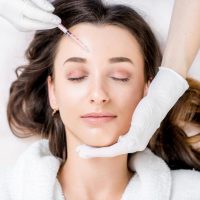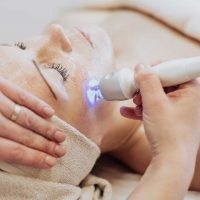Gentle chemical peels are a safe, effective option for refreshing and brightening the skin across all skin types. By using low concentrations of acids like glycolic, lactic, or salicylic acid, these peels exfoliate the top layer of skin to improve texture, tone, and clarity with minimal irritation or downtime.
Gentle Chemical Peels for Every Skin Type
Chemical peels (chemical-peels) have become an increasingly popular treatment option in aesthetic medicine for skin rejuvenation and improvement of dermal conditions. In many medical spas, including our practice at slimming solutions med spa, gentle chemical peels and facial treatments are preferred for their efficacy in promoting exfoliation while ensuring minimal downtime. These peels work by applying an acid-based solution commonly containing glycolic, lactic, mandelic, or salicylic acid to the skin, thereby removing dead cells on the surface of the epidermis. This controlled exfoliation stimulates collagen production in the dermis, leading to a more even complexion and reduced fine lines and scars. Many clients also consider injectables-fillers to complement their chemical peel regimen. The choice of a gentle chemical peel is particularly beneficial for individuals with sensitive skin, postsurgical scars, mild hyperpigmentation, and common signs of aging without risking significant irritation or exacerbation of conditions like rosacea and dermatitis, supporting a broader health-wellness approach that may include iv therapy.
Multiple peer-reviewed studies have demonstrated that regular application of mild chemical-peels, when combined with proper post-treatment care including sunscreen and topical antioxidants like vitamin C, can improve skin texture and brightness significantly. For example, a study published in the Journal of Dermatological Treatment (Smith et al., 2020) showed a 35% improvement in overall skin smoothness and texture with the use of lactic acid peels over a 12-week period, while another clinical trial focusing on glycolic acid peels (Anderson et al., 2019) reported a reduction in fine lines and hyperpigmentation by nearly 30% after a series of treatments. These outcomes not only highlight the rejuvenative effects of chemical peels but also underscore their role in enhancing the absorption of subsequent facial treatments and skincare products, making them an integral part of comprehensive health-wellness protocols.
This article examines the gentle chemical peels that are safe for all skin types, focusing on their mechanisms, benefits, and considerations. In many cases, experts recommend combining these chemical-peels with facial treatments such as belotero balance to achieve balanced rejuvenation. We will explore what characterizes superficial peels, the common ingredients they contain, and specific points to consider before undergoing a treatment; sometimes, professionals may also suggest injectables-fillers as a complementary approach. Ultimately, we will provide guidance on how to select and care for your skin following a peel for optimal long-term results and overall health-wellness.
Transitioning now to a detailed review of gentle chemical peels, their advantages, and important considerations.
Understanding Gentle Chemical Peels Suitable for Diverse Skin Profiles
chemical-peels vary in intensity and formulation, and understanding the differences between superficial, medium, and deep peels is critical for achieving desired results while maintaining skin safety, an important aspect of health-wellness. Gentle chemical peels generally refer to those that exfoliate only the most superficial layers of the epidermis. Superficial peels typically use lower concentrations of acids such as glycolic acid, lactic acid, or salicylic acid. They work primarily by loosening the bonds between dead skin cells, which allows them to be sloughed away safely and efficiently, revealing fresher skin underneath—a benefit that has made these procedures a popular choice among facial treatments. The mechanism of gentle peels is based on controlled keratolysis, where minimal penetration into the dermis reduces the risk of complications such as prolonged redness or scarring.
Defining Superficial Peels and Their Gentle Action
The primary action of superficial chemical peels is to encourage rapid turnover of the stratum corneum without significant injury to deeper skin layers. These peels, a key component of chemical-peels, avoid the intense inflammation associated with medium or deep peels, making them particularly appropriate for individuals with sensitive skin, light skin prone to post-inflammatory hyperpigmentation, or dark skin types that require cautious treatment. Many patients now incorporate facial treatments and injectables-fillers into their regimen to complement the minimal acid concentration treatment, enhancing overall health-wellness. The controlled exfoliative effect revitalizes skin tone and texture without extensive downtime.
Common Ingredients Found in Chemical Peels Safe for All Skin Types
Common ingredients in mild peels (a popular form of chemical-peels) include alpha hydroxy acids (AHAs) such as glycolic and lactic acid, beta hydroxy acids (BHAs) like salicylic acid, and newer agents like mandelic acid. These ingredients, which are often featured in facial treatments aimed at overall health-wellness, possess the dual benefits of promoting exfoliation and improving hydration through their humectant properties, which in turn enhances collagen synthesis. Lactic acid is particularly effective for dry and sensitive skin due to its moisturizing properties, while salicylic acid is ideal for acne-prone and oily skin as it penetrates pores and reduces comedones without excessive drying.
How Gentle Peels Differ From More Intensive Treatments
Unlike medium or deep chemical peels that work by causing partial or full-thickness injury to the dermis, gentle chemical-peels preserve most of the skin’s structural integrity. This characteristic makes them a popular option within facial treatments and injectables-fillers programs, as they can be repeated frequently and require minimal recovery periods. The lower acid concentrations in gentle chemical-peels result in minimal erythema and quicker healing times, making them an excellent choice for those seeking regular, maintenance-level treatments that improve skin pigmentation, diminish fine lines, and enhance overall radiance – a benefit often highlighted in a comprehensive health-wellness plan that prioritizes skin barrier integrity.
Recognizing the Universal Appeal of Mild Exfoliation
Mild chemical peels are universally appealing due to their versatility. They are effective for a wide range of skin conditions from dullness and superficial scarring to minor pigmentation issues while offering improved skin texture, brightness, and complementing facial treatments. These treatments are particularly beneficial when integrated into a holistic skincare routine emphasizing health-wellness that includes regular use of sunscreens, topical antioxidants like vitamin C, and protective moisturizers, along with optional iv therapy sessions. The fact that gentle peels also improve the absorption of subsequent skincare products further underlines their value in rejuvenation treatments, where anchor text: belotero balance techniques are often featured at many medical spas.
Key Advantages of Mild Chemical Peels for Every Skin Tone
Mild chemical peels offer several benefits that make them a favored treatment for patients across all skin tones. One of the most significant advantages is the enhancement of skin brightness and a more even complexion. By removing the outermost layer of dead skin cells, these peels reveal newer, less damaged skin cells that are often more uniform in color and texture. This effect can be especially advantageous for individuals with hyperpigmentation or discoloration, as it promotes a correction in uneven skin tone.
Achieving a Brighter, More Even Skin Complexion
The primary goal of gentle chemical peels is to stimulate the natural exfoliation process, resulting in a radiant appearance. The continued elimination of dead skin cells encourages the production of new, youthful cells that contribute to a more balanced complexion. Studies have shown that consistent use of lactic acid peels can lead to a 25–35% increase in overall skin brightness and evenness after several weeks of treatment (James et al., 2021, Link). This improvement is achieved through increased cell turnover and the removal of superficial pigment deposits that contribute to the dull appearance of tired skin.
Improving Skin Texture and Softness With Gentle Formulations
In addition to brightening the skin, gentle chemical peels significantly enhance texture and softness. The removal of the stratum corneum’s dead cell layer smoothens rough patches, reducing the visibility of fine lines and superficial scars. Patients report an immediate improvement in skin feel, with a softer and more supple appearance that becomes more pronounced with successive treatments. The improved texture not only boosts overall appearance but also facilitates the deeper penetration of moisturizers and other topical treatments, maximizing their effectiveness.
Diminishing the Appearance of Fine Lines and Superficial Blemishes
Even minimal peeling can have a profound effect on the appearance of fine lines, wrinkles, and superficial blemishes. By stimulating collagen production in the dermis, regular chemical peel treatments help support the skin’s elasticity. Over time, this can lead to a reduction in wrinkle depth and the softening of lines, contributing to a more youthful look. Research conducted by Lee et al. (2020, Link) indicated that a 12-week regimen of mild glycolic acid peels resulted in a 30% reduction in fine line severity, demonstrating the direct benefit of these treatments on skin aging.
Supporting Better Absorption of Skincare Products
An often-overlooked benefit of chemical peels is the enhanced absorption of subsequent skincare products. After the superficial layer is removed and replaced with fresher skin cells, topical products such as serums, moisturizers, and sunscreens are able to penetrate more effectively. This improved permeability means that active ingredients like retinol, antioxidants, and peptides can work more efficiently to support longer-term skin health and rejuvenation.
Minimal Downtime Associated With Peels Safe for All Skin Types
One of the most appealing aspects of mild chemical peels is the minimal recovery time associated with these treatments. Most patients can resume their normal daily activities immediately, as the mild exfoliation causes only temporary redness or a slight tightening sensation that subsides within a few hours to a day. This ease of recovery makes the treatment particularly useful as a maintenance therapy, allowing for regular sessions that cumulatively build significant skin improvements.
Selecting the Right Gentle Peel for Your Unique Skin Needs
Selecting the most suitable gentle chemical peel involves a comprehensive assessment of your skin type, underlying skin concerns, and individual goals. An accurate evaluation is crucial because each skin profile responds differently to various chemical formulations. The first step is to identify whether you have dry, sensitive, oily, or combination skin, as well as any specific conditions such as acne, hyperpigmentation, or early signs of aging. For instance, individuals with sensitive skin may benefit more from lactic acid peels due to their moisturizing properties, whereas those with acne-prone skin might achieve better results with a salicylic acid peel.
Assessing Your Skin Type Accurately Before Treatment
Professional evaluation by a dermatology expert or an aesthetic physician is often recommended to ensure that the chosen peel is compatible with your skin’s unique characteristics. Assessments typically include a skin analysis that measures hydration levels, oil production, and pigmentation irregularities. Personalized recommendations based on these findings can guide the correct selection of acid concentration and treatment frequency to avoid over-exfoliation or adverse reactions—especially important for darker skin tones that can be prone to post-inflammatory hyperpigmentation.
Identifying Specific Skin Concerns Addressed by Gentle Peels
Different gentle chemical peels are formulated to target varying skin concerns. Common skin issues include dullness, fine lines, uneven texture, superficial scars, and minor pigmentation issues. Understanding your primary concerns helps in choosing the correct peel. For example, glycolic acid peels are renowned for stimulating collagen production and improving fine lines, whereas mandelic acid is widely used for its antibacterial properties alongside gentle exfoliation, making it a great option for those suffering from mild acne combined with hyperpigmentation.
Consulting a Professional for Personalized Peel Recommendations
Selecting a peel that suits your unique needs should always be done under the guidance of a professional. An experienced practitioner can offer insights into the potential side effects, ideal scheduling between treatments, and integration with other skin care regimens. They can also recommend complementary treatments and post-peel care products to maximize benefits while minimizing risks such as excessive erythema or irritation. Professional guidance is notably important for patients with pre-existing skin conditions or those using medication such as topical retinoids or corticosteroids, which may modify skin sensitivity.
Understanding Different Types of Gentle Peels Available
There are several types of gentle chemical peels available in the market. Superficial peels using low concentrations of glycolic or lactic acid are common and widely adopted for regular maintenance due to their efficacy and safety profile. Mandelic acid peels, known for their larger molecule size, provide a slower penetration rate, making them extremely gentle on the skin. Salicylic acid peels are favored by patients with acne-prone skin or oily skin types, as they effectively unclog pores while reducing inflammation.
Patch Testing for Sensitivity With Chemical Peels Safe for All Skin Types
Before undergoing a full treatment, it is customary to perform a patch test on a small area of skin. This critical step ensures that the skin does not react adversely to the acid formulation. Patch testing can prevent severe reactions, such as contact dermatitis or hyperpigmentation, by confirming compatibility. It also helps in determining the optimal concentration and duration of application. These measures allow for a safe and enjoyable experience with chemical peel procedures, especially when used as a periodic rejuvenation strategy.
Important Points to Ponder Before Your Gentle Chemical Peel
Before proceeding with a gentle chemical peel, several important factors must be considered to ensure optimal treatment outcomes. The pre-treatment evaluation plays an integral role in determining whether candidacy for a chemical peel is appropriate. This includes reviewing current medications, pre-existing skin conditions, and any history of allergic reactions or skin sensitivities. Patients taking medications such as retinoids or those with a history of procedures like laser treatments should disclose these details as they may heighten the skin’s sensitivity or affect the overall peel outcome.
Medications and Skin Conditions to Report to Your Practitioner
It is essential to inform your dermatologist or aesthetic practitioner of any medications you are currently using, including over-the-counter products and supplements. Medications such as topical retinoids and corticosteroids can thin the epidermis, increasing the risk of adverse reactions during a peel. Furthermore, conditions like eczema, psoriasis, or active acne can also influence the choice of acid formulation and treatment intensity. Accurate disclosure allows practitioners to make necessary adjustments to the peel strength or postpone treatment until skin recovery is optimal.
Pre-Peel Skin Preparation for Enhanced Safety and Efficacy
Proper skin preparation is critical before a chemical peel. This may involve using a specific regimen of gentle cleansers, moisturizers, and sunscreens for several days prior to the treatment. Pre-peel instructions often recommend avoiding excessive sun exposure, certain exfoliating products, or activities that might irritate the skin. These measures help stabilize the skin barrier and reduce the likelihood of post-peel complications. Additionally, using a pre-peel preparation product that contains mild acids in lower concentrations can help prime the skin, ensuring uniformity during the treatment session.
Realistic Expectations for Results From Peels Safe for All Skin Types
Setting realistic expectations is fundamental. While gentle chemical peels can significantly improve skin tone, texture, and brightness, they do not offer dramatic results like deeper treatments might. The improvements are typically gradual, cumulative, and most effective as part of a long-term skin care routine. Many patients experience multiple subtle enhancements over a series of treatments rather than immediate transformation. Understanding this helps align expectations and promotes a positive overall treatment experience.
Frequency and Timing of Gentle Peel Treatments
The frequency of treatments may vary according to individual skin types and concerns. Typically, gentle chemical peels are recommended on a monthly or bi-monthly basis. This schedule ensures that the skin has sufficient time to recover and regenerate between sessions while still reaping the benefits of enhanced cell turnover. Customizing the frequency of treatment to one’s skin condition supports steady improvements without causing over-exfoliation or excessive irritation.
Cost Factors Associated With Gentle Chemical Peels
Cost considerations are also important. While mild peels are generally more affordable than deep peels, the price may still vary depending on the complexity of the treatment, the reputation of the clinic, and geographic location. Patients should discuss all potential costs with their provider, including any necessary follow-up treatments or additional skincare products recommended for post-treatment care. Understanding the financial aspect helps in making an informed decision and planning a long-term skin rejuvenation strategy.
The Gentle Chemical Peel Procedure: A Step-by-Step Overview
Understanding what to expect during a gentle chemical peel can help ease any apprehension and prepare patients for a smooth treatment experience. The procedure is designed to be minimally invasive and efficient, with most sessions lasting between 30 to 45 minutes depending on the area being treated. The process begins with a thorough cleansing of the face to remove dirt, oil, and makeup, ensuring that the peeling solution can penetrate uniformly across the skin. Once the skin is prepared, the clinician applies the chemical solution evenly with a brush or cotton pad, paying special attention to areas with uneven skin tone or textural irregularities.
What Happens During a Professional Gentle Peel Session
During the session, the patient may experience a mild tingling or warming sensation as the acid begins to break down the outer skin layer. The clinician monitors the skin closely, and the application is generally timed between 3 to 10 minutes, depending on the product formulation and individual sensitivity. Sophisticated protocols allow the practitioner to adjust the duration of application based on immediate skin response, ensuring safety and optimal exfoliation. Once the designated time is reached, the peel is neutralized with a neutralizing solution to halt its chemical activity, followed by the application of a soothing serum or moisturizer to calm the skin.
Sensations to Expect During the Application
Most patients report a gentle warming or tingling sensation, which may be accompanied by slight redness. However, the overall discomfort is minimal compared to more aggressive peeling methods. This mild irritation is a normal part of the process and typically subsides within minutes after the peel is neutralized. Patients are advised to avoid rubbing or picking at their skin as it heals, to prevent potential irritation or infection. The professional technique used minimizes these sensations and ensures rapid recovery.
Duration of a Typical Gentle Peel Treatment
A typical gentle chemical peel treatment is relatively quick. The entire procedure can be completed in under an hour, which makes it an attractive option for those with busy schedules. The short treatment time, paired with the minimal downtime afterward, is one of the primary advantages of mild peels over more intensive procedures. Most patients are allowed to return to work and daily activities immediately, with only a recommendation to avoid direct sunlight and strenuous activities for a short period following the treatment.
Immediate Post-Procedure Skin Appearance
After the session, the skin may appear slightly flushed or tight, though these effects usually dissipate within a few hours. Immediately following the peel, the application of a hydrating, protective moisturizer along with a broad-spectrum sunscreen is crucial to protect the newly exposed skin from ultraviolet damage. The skin will start to show improvement over the next few days as cell turnover continues, with significant enhancements in texture and radiance becoming visible over time.
Post-Treatment Care to Maximize Benefits From Peels Safe for All Skin Types
Following a gentle chemical peel, proper aftercare is as important as the treatment itself to ensure optimal skin recovery and long-term benefits. Post-treatment care is crucial because the skin’s barrier is temporarily compromised following a peel, which makes it more susceptible to external irritants. The primary goals of post-treatment care include soothing the skin, preventing infection, and protecting it from UV radiation. Patients are generally advised to use gentle, fragrance-free cleansers and avoid exfoliating scrubs until the skin has fully recovered.
Essential Aftercare Steps for Healing and Protection
Immediately after the procedure, the application of cooling gels or aloe vera-based products can help reduce any residual irritation or redness. A high-quality moisturizer works to maintain hydration while a broad-spectrum sunscreen with at least SPF 30 is imperative to guard against UV-induced damage. These steps are essential not only to protect the skin but also to lock in the benefits of the peel, such as improved texture and increased collagen production. Additionally, clinicians often recommend avoiding makeup for the first 24 hours to minimize the risk of clogging pores or causing further irritation.
Managing Potential Mild Side Effects Effectively
Mild side effects such as temporary dryness, peeling, or slight redness are common after a chemical peel. These symptoms usually resolve within a few days; however, if they persist or worsen, patients should consult with their practitioner promptly. Over-the-counter hydrocortisone cream may be recommended in cases where the redness is pronounced, but such usage should always be under professional guidance. Keeping the skin clean and avoiding harsh environmental exposures are the best ways to ensure a smooth recovery.
Sun Protection Following a Gentle Chemical Peel
Sun protection is arguably the most critical aspect of post-treatment care. The skin is especially vulnerable after a chemical peel, and exposure to UV radiation can lead to complications such as hyperpigmentation or even permanent damage. Patients should limit their time outdoors and apply sunscreen frequently during the first week following the treatment. This protective approach is essential to maximize the benefits of the peel and sustain the rejuvenated appearance of the skin.
When to Resume Your Regular Skincare Routine
Patients can usually resume their regular skincare routine within a couple of days, but it is advisable to reintroduce active ingredients like retinoids or alpha hydroxy acids gradually. Transitioning back slowly helps prevent any potential irritation or adverse reactions. Consulting with your aesthetic physician can provide a tailored timeline based on individual recovery and skin sensitivity. Meanwhile, a gentle hydration routine and the continued use of sunscreen remain foundational in maintaining skin health and prolonging the benefits of the peel.
Long-Term Skin Health Maintenance After Peels
For long-lasting effects, incorporating periodic chemical peels into your skincare regimen can be beneficial. Combining these treatments with a consistent skincare routine that includes antioxidants, peptides, and barrier-repairing ingredients will support improved skin texture and enhanced collagen production over time. An individualized plan created by a dermatologist ensures that the frequency and strength of chemical peels are optimized for your unique skin type and condition. This proactive approach can lead to sustained improvements in both the appearance and health of your skin.
Frequently Asked Questions
What is a gentle chemical peel and how does it work?
A gentle chemical peel is a superficial treatment that uses low concentrations of acids such as glycolic or lactic acid to remove the top layer of dead skin cells. It works by promoting natural exfoliation and stimulating collagen production, resulting in a smoother, brighter complexion with minimal downtime.
Are chemical peels safe for darker skin tones?
Yes, gentle chemical peels are generally safe for darker skin tones when performed correctly. However, it is crucial to use formulations with lower acid concentrations and perform a patch test before treatment to avoid post-inflammatory hyperpigmentation.
How often should I get a gentle chemical peel?
Depending on your skin type and concerns, gentle chemical peels are typically recommended on a monthly or bi-monthly basis. Your dermatologist may adjust the frequency based on your response to treatment and overall skin condition.
What should I do to prepare my skin before a peel?
Prior to a chemical peel, it is advisable to avoid harsh exfoliating products, direct sun exposure, and heavy makeup. Following a gentle skincare routine that includes cleansing, hydrating, and applying sunscreen for several days before your treatment can optimize results and minimize risks.
What kind of results can I expect from a gentle chemical peel?
Results from a gentle chemical peel include improved skin texture, brightness, and reduced appearance of fine lines and superficial blemishes. Most patients notice gradual improvements over multiple sessions, with enhanced absorption of active skincare ingredients contributing to long-term benefits.
Final Thoughts
Gentle chemical peels offer a safe and effective way to rejuvenate and brighten the skin for all skin types. They address various concerns, from fine lines and uneven texture to minor hyperpigmentation, without the prolonged downtime associated with more aggressive treatments. By choosing the right peel based on skin type and needs, and by following a rigorous pre- and post-treatment care regimen, patients can achieve visible improvements and a radiant, youthful complexion. For those seeking consistent long-term results, integrating gentle peels into a comprehensive skin care strategy is highly recommended.



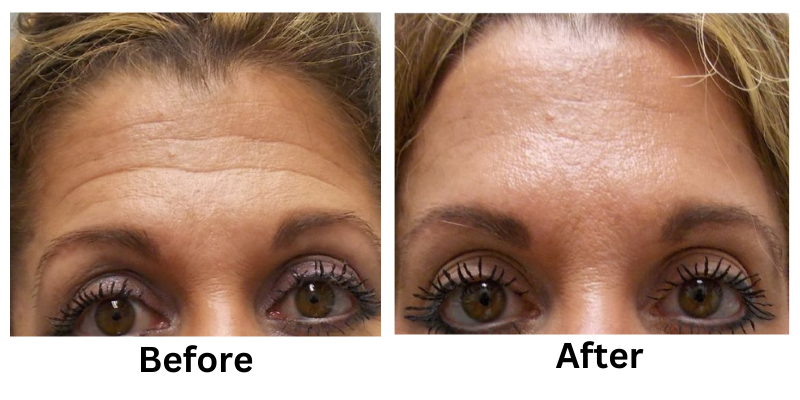
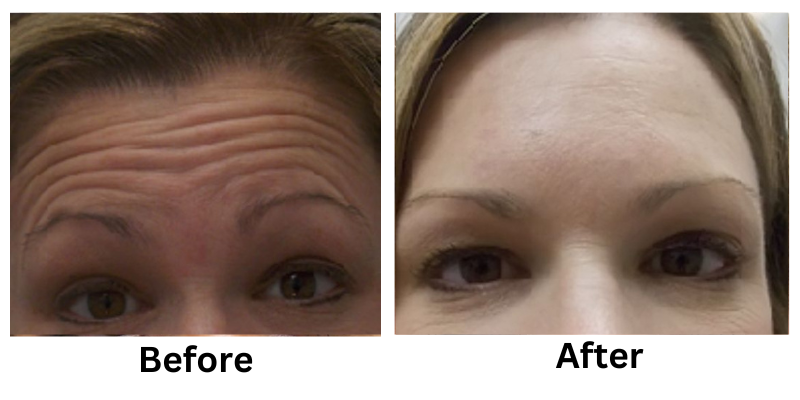
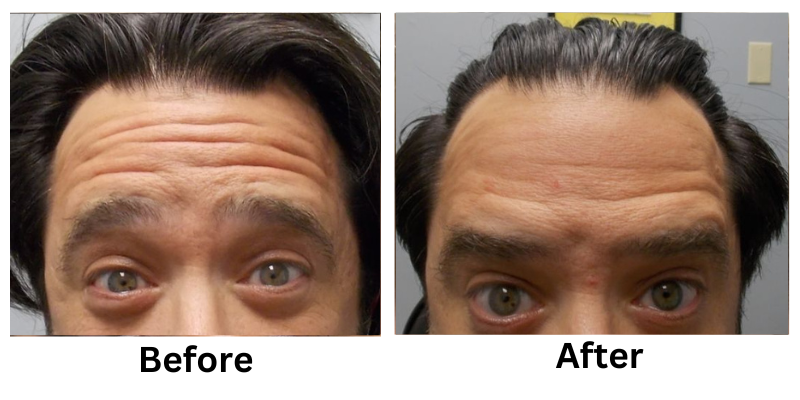
![[thumb]](https://slimmingsolutionsspa.com/wp-content/uploads/2023/12/botox1-150x150.png)
![[thumb]](https://slimmingsolutionsspa.com/wp-content/uploads/2023/12/Before2-150x150.png)
![[thumb]](https://slimmingsolutionsspa.com/wp-content/uploads/2023/12/Before3-150x150.png)
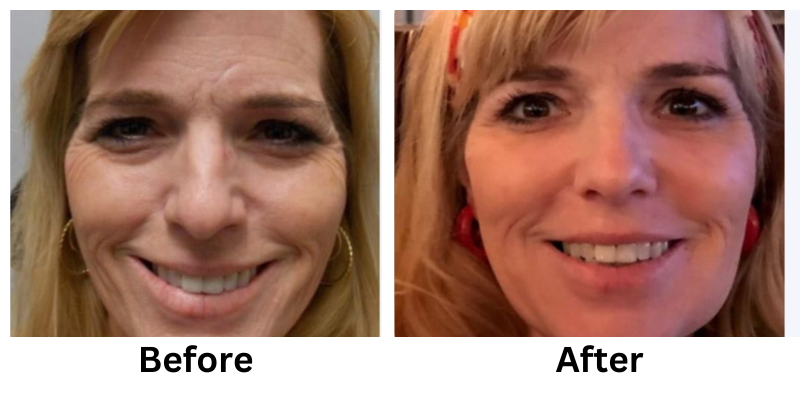

![[thumb]](https://slimmingsolutionsspa.com/wp-content/uploads/2023/12/Liquid-face-150x150.png)
![[thumb]](https://slimmingsolutionsspa.com/wp-content/uploads/2023/12/Liquid-face-1-150x150.png)
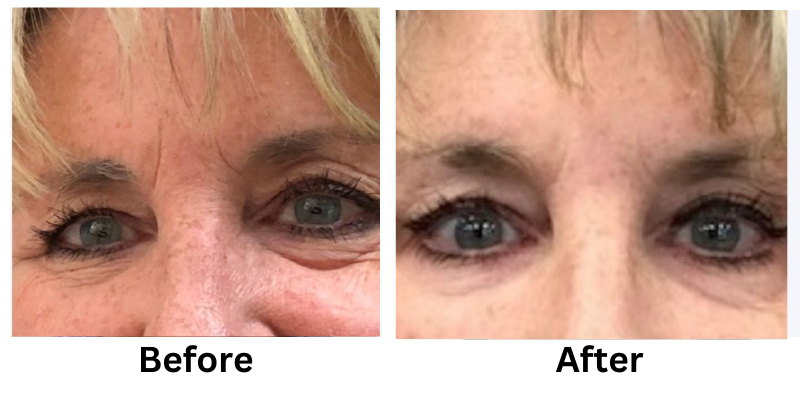
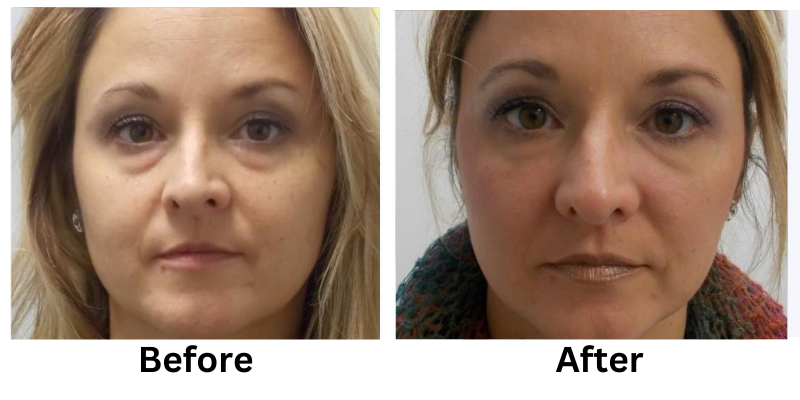
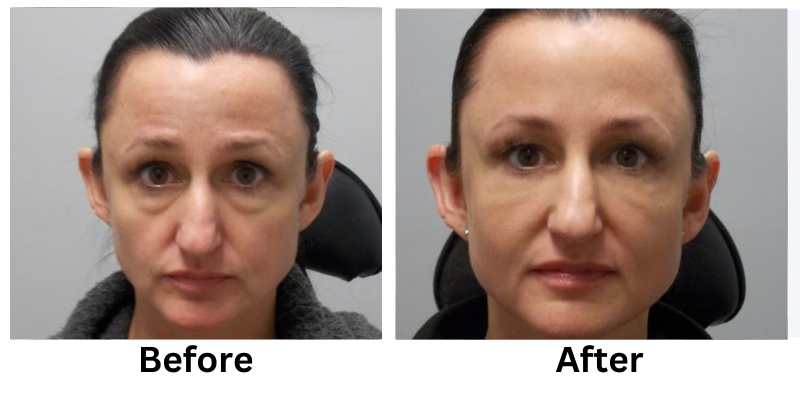
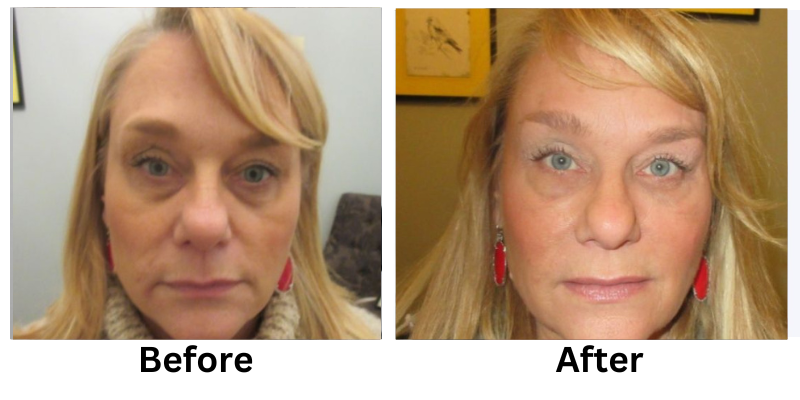


![[thumb]](https://slimmingsolutionsspa.com/wp-content/uploads/2023/12/revanesse-versa-1-150x150.png)
![[thumb]](https://slimmingsolutionsspa.com/wp-content/uploads/2023/12/revanesse-versa-2-150x150.png)
![[thumb]](https://slimmingsolutionsspa.com/wp-content/uploads/2023/12/revanesse-versa-3-150x150.png)
![[thumb]](https://slimmingsolutionsspa.com/wp-content/uploads/2023/12/revanesse-versa-4-150x150.png)
![[thumb]](https://slimmingsolutionsspa.com/wp-content/uploads/2023/12/revanesse-versa-5-150x150.png)
![[thumb]](https://slimmingsolutionsspa.com/wp-content/uploads/2024/01/Eyebrow-treatment-1-1-150x150.png)
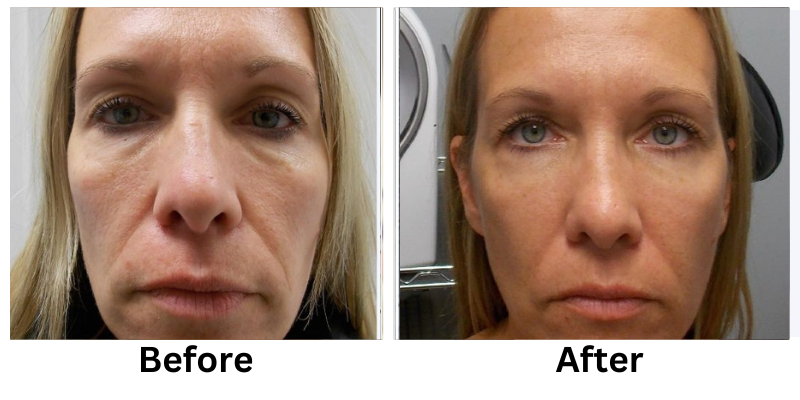
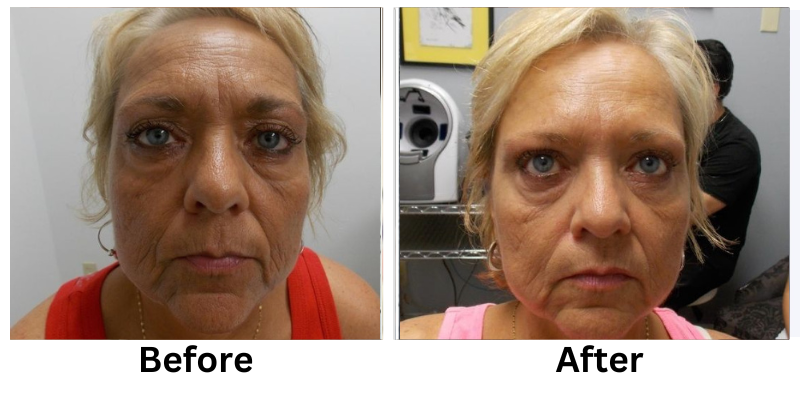
![[thumb]](https://slimmingsolutionsspa.com/wp-content/uploads/2023/12/Skin-Rejuvenation-1-150x150.png)
![[thumb]](https://slimmingsolutionsspa.com/wp-content/uploads/2023/12/Skin-Rejuvenation-2-150x150.png)


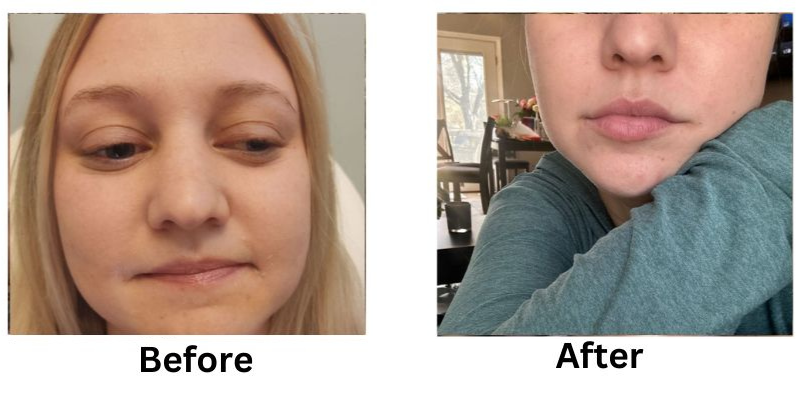
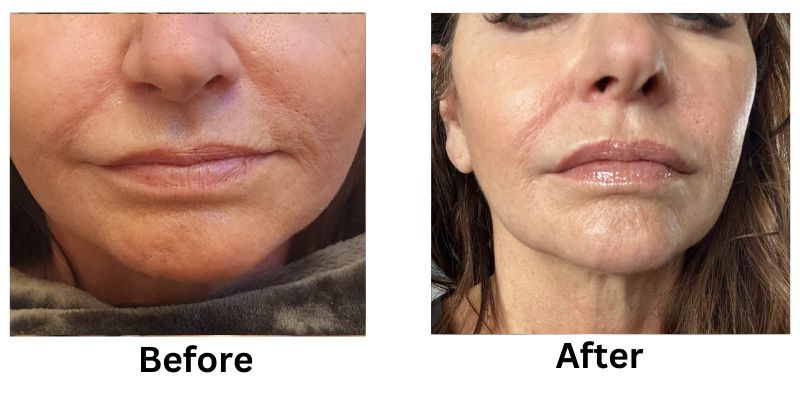
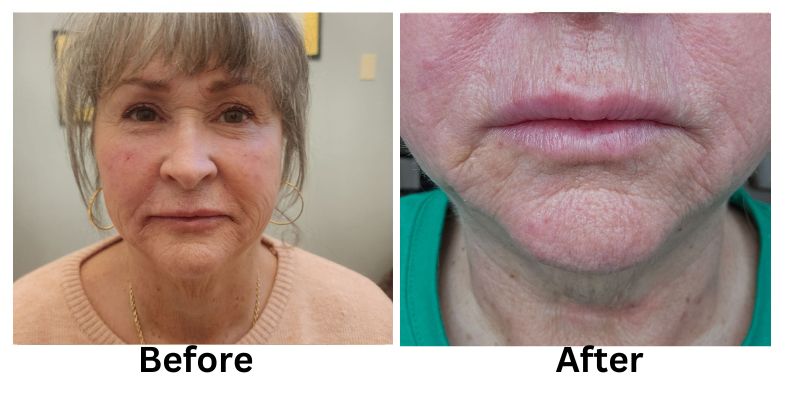
![[thumb]](https://slimmingsolutionsspa.com/wp-content/uploads/2024/01/Lip-Filler-1-150x150.png)
![[thumb]](https://slimmingsolutionsspa.com/wp-content/uploads/2024/01/Lip-Filler-2-150x150.png)
![[thumb]](https://slimmingsolutionsspa.com/wp-content/uploads/2025/02/Lip-Filler-1-150x150.png)
![[thumb]](https://slimmingsolutionsspa.com/wp-content/uploads/2024/01/Lip-Filler-150x150.jpg)
![[thumb]](https://slimmingsolutionsspa.com/wp-content/uploads/2024/01/Before-1-150x150.jpg)
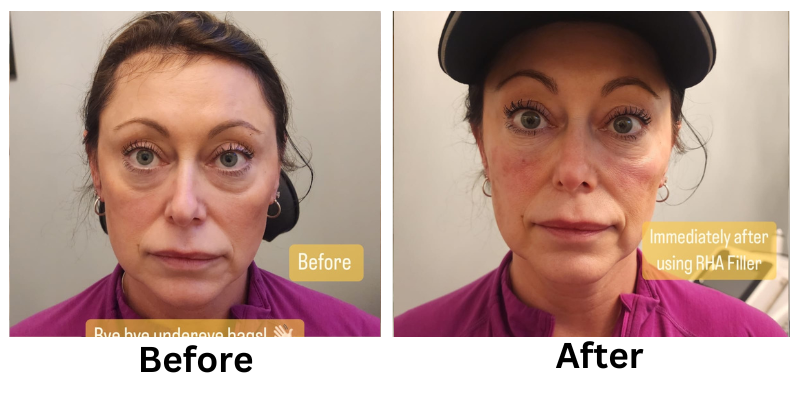
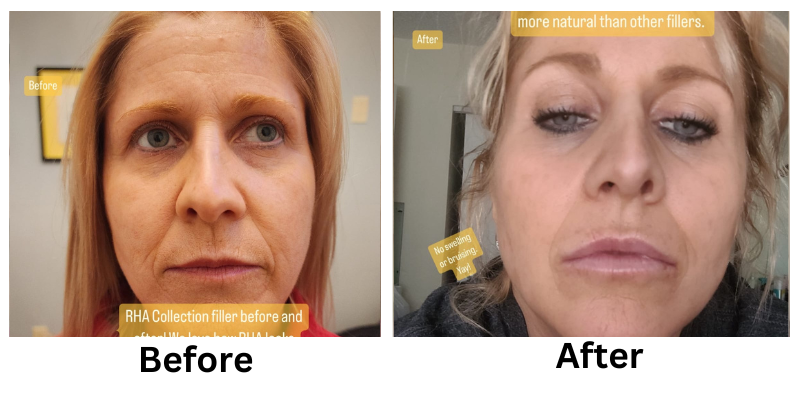

![[thumb]](https://slimmingsolutionsspa.com/wp-content/uploads/2024/01/RHA-Treatmetn-3-150x150.png)
![[thumb]](https://slimmingsolutionsspa.com/wp-content/uploads/2024/01/RHA-Treatmetn-2-150x150.png)
![[thumb]](https://slimmingsolutionsspa.com/wp-content/uploads/2024/01/RHA-Treatmetn-1-150x150.png)
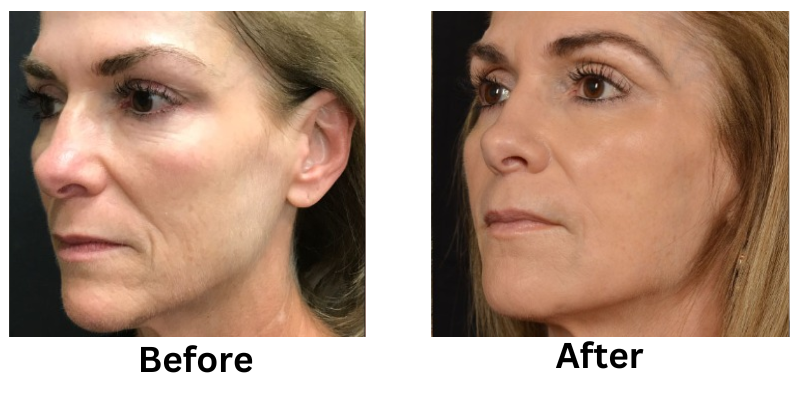
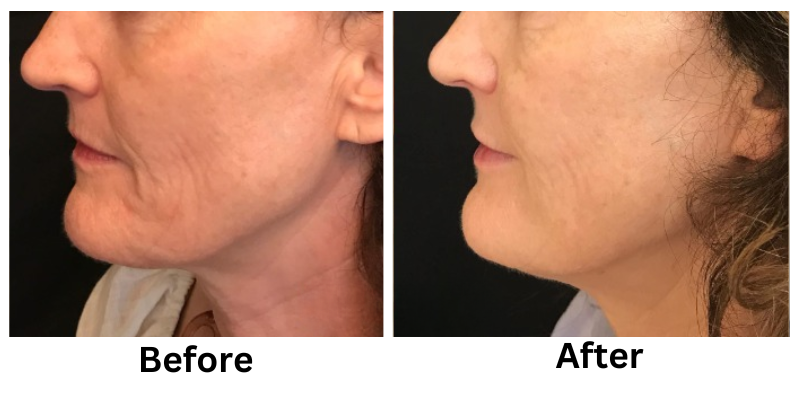
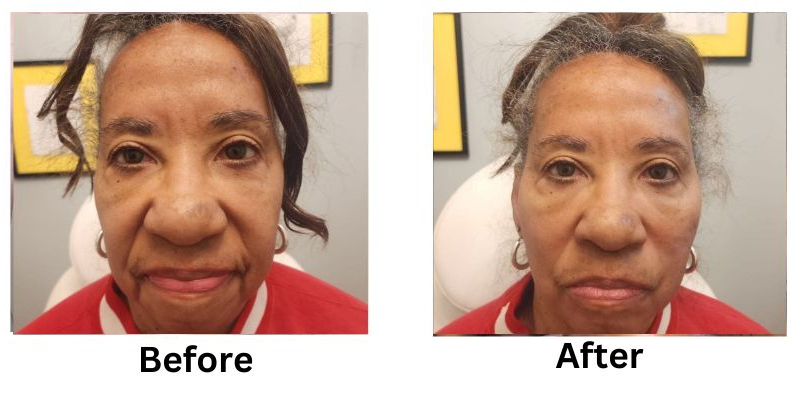
![[thumb]](https://slimmingsolutionsspa.com/wp-content/uploads/2024/01/Thread-Lifts-1-150x150.png)
![[thumb]](https://slimmingsolutionsspa.com/wp-content/uploads/2024/01/Thread-Lifts-2-150x150.png)
![[thumb]](https://slimmingsolutionsspa.com/wp-content/uploads/2025/02/Lip-Filler-2-150x150.png)
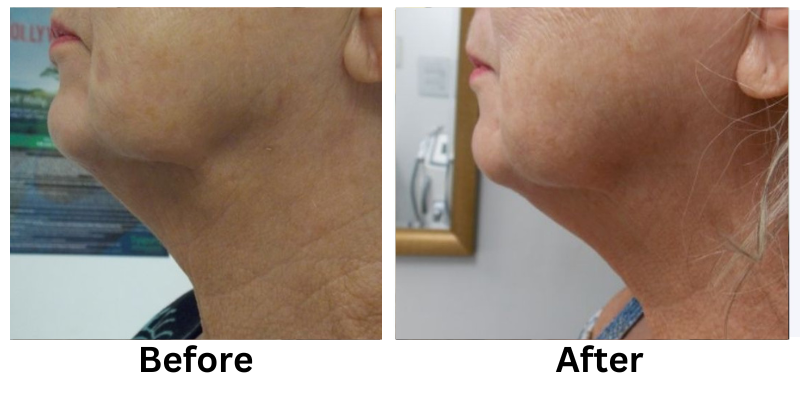
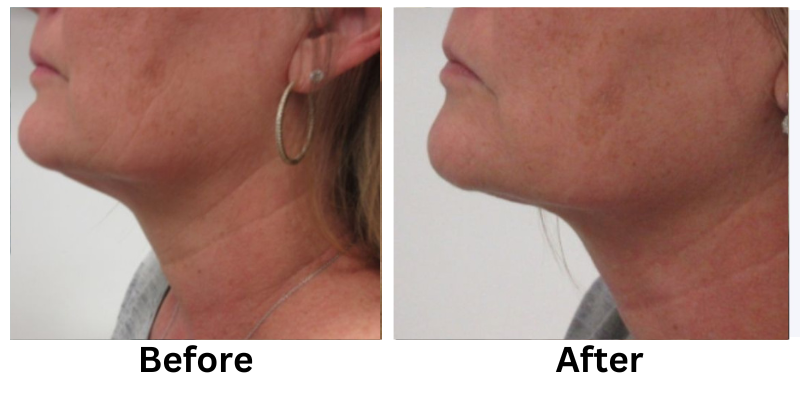

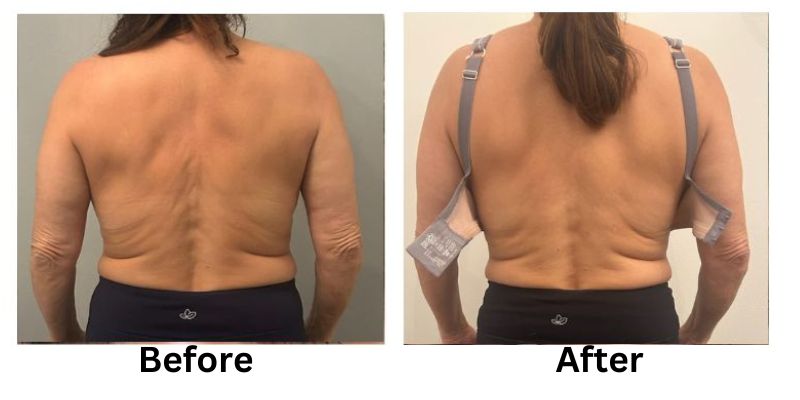
![[thumb]](https://slimmingsolutionsspa.com/wp-content/uploads/2023/12/skin-reuvulation1-150x150.png)
![[thumb]](https://slimmingsolutionsspa.com/wp-content/uploads/2023/12/skin-rejuvulation-2-150x150.png)
![[thumb]](https://slimmingsolutionsspa.com/wp-content/uploads/2023/12/Skin-Tighting-150x150.png)
![[thumb]](https://slimmingsolutionsspa.com/wp-content/uploads/2023/12/Before-150x150.jpg)
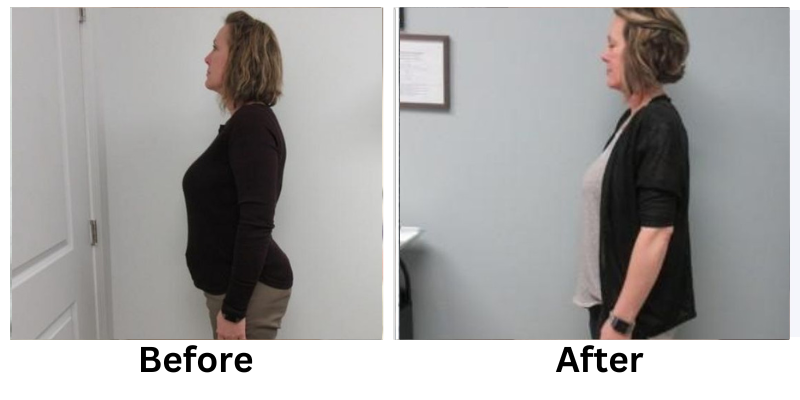
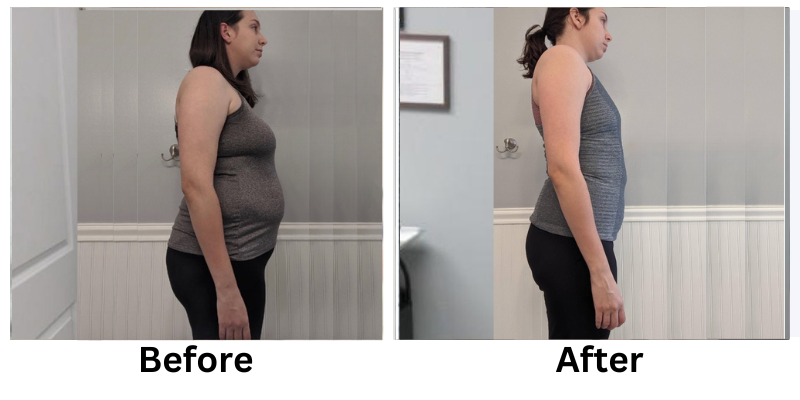
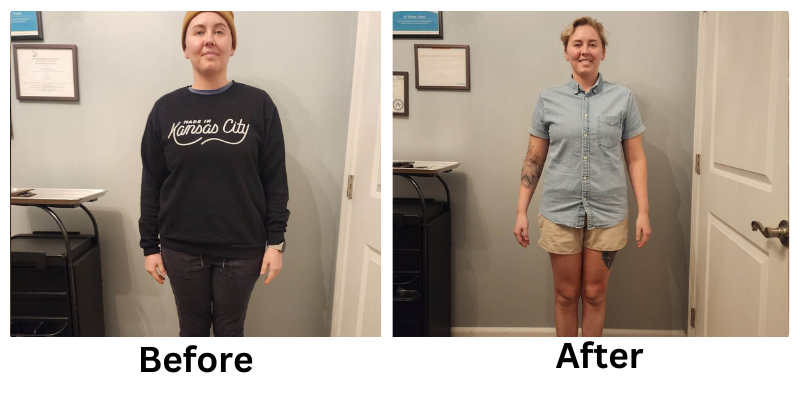
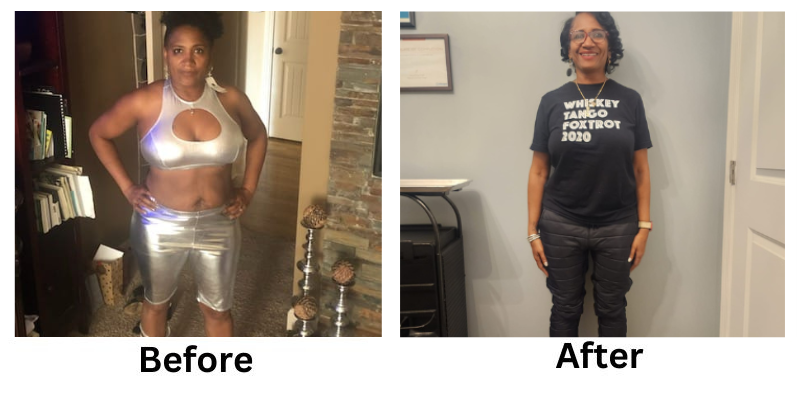
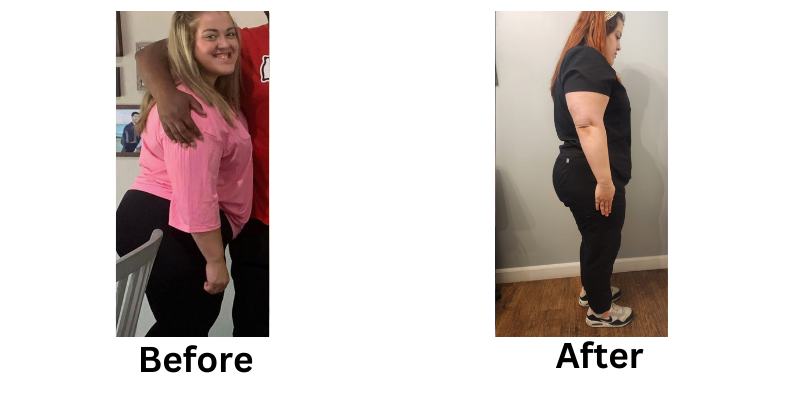
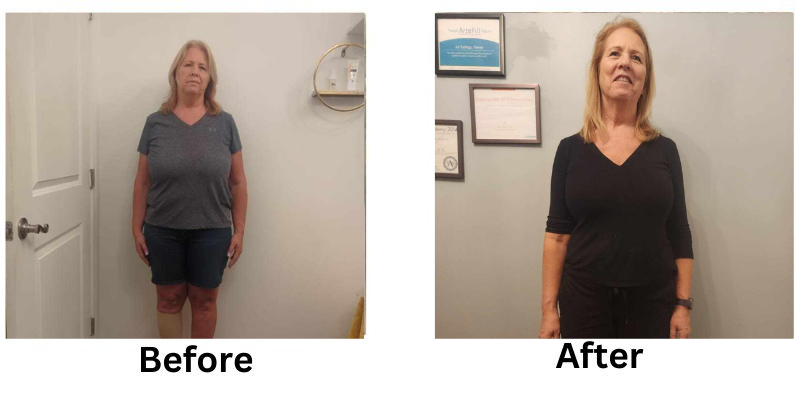
![[thumb]](https://slimmingsolutionsspa.com/wp-content/uploads/2023/12/weightloss-1-150x150.png)
![[thumb]](https://slimmingsolutionsspa.com/wp-content/uploads/2023/12/weightloss-2-150x150.png)
![[thumb]](https://slimmingsolutionsspa.com/wp-content/uploads/2023/12/2Weight-Loss-2-150x150.png)
![[thumb]](https://slimmingsolutionsspa.com/wp-content/uploads/2025/02/Weight-Loss-1-new-150x150.png)
![[thumb]](https://slimmingsolutionsspa.com/wp-content/uploads/2023/12/Weight-Loss-3-150x150.png)
![[thumb]](https://slimmingsolutionsspa.com/wp-content/uploads/2025/03/Slimming-Solutions-BA-Template-150x150.png)

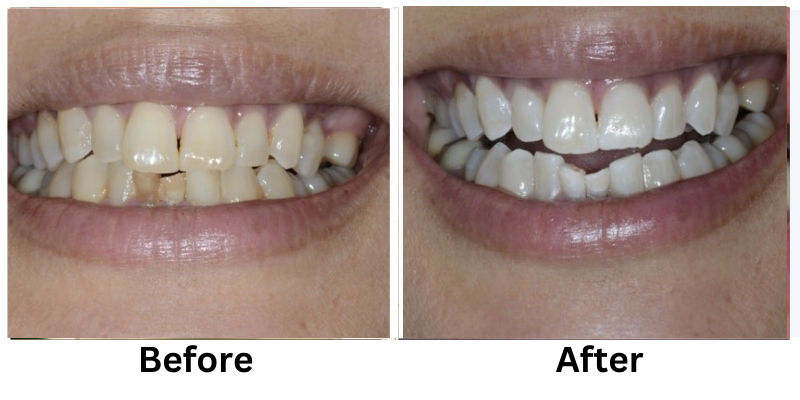
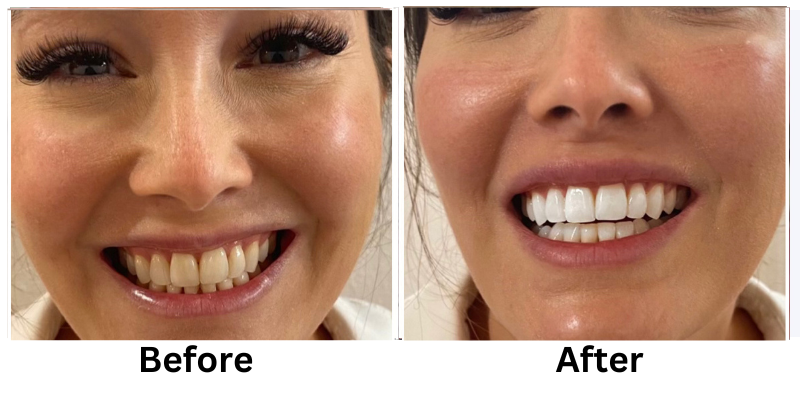

![[thumb]](https://slimmingsolutionsspa.com/wp-content/uploads/2023/12/dat3-150x150.png)
![[thumb]](https://slimmingsolutionsspa.com/wp-content/uploads/2023/12/dat-0-150x150.png)
![[thumb]](https://slimmingsolutionsspa.com/wp-content/uploads/2023/12/dat-1-150x150.png)
![[thumb]](https://slimmingsolutionsspa.com/wp-content/uploads/2023/12/Before-1-150x150.png)


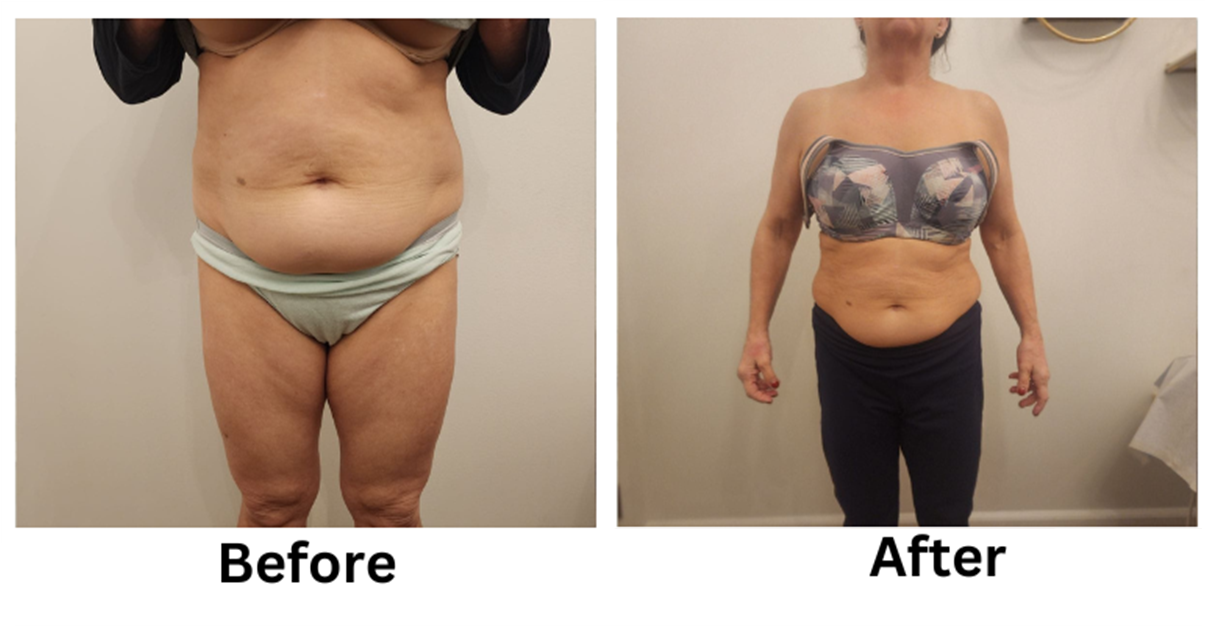
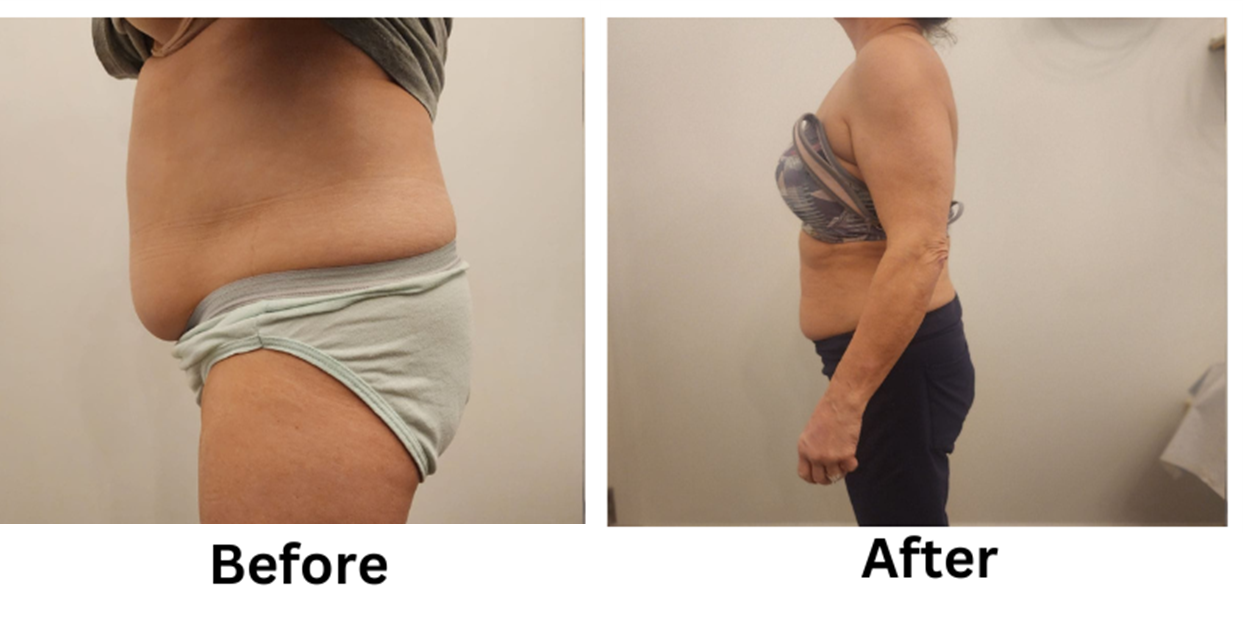
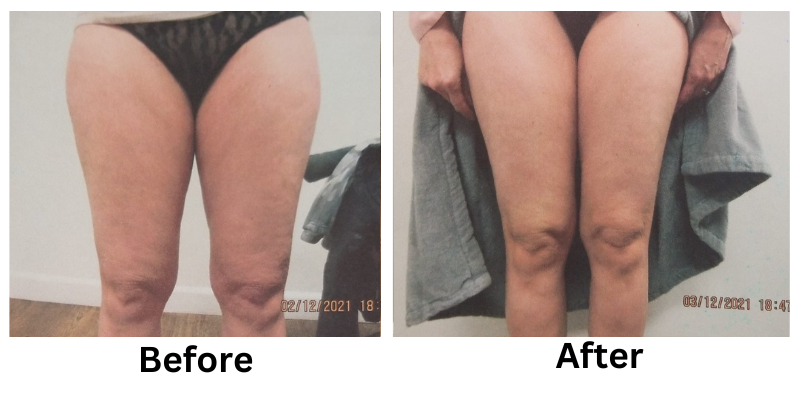
![[thumb]](https://slimmingsolutionsspa.com/wp-content/uploads/2024/01/EMS-Treatment-2-150x150.png)
![[thumb]](https://slimmingsolutionsspa.com/wp-content/uploads/2024/01/EMS-Treatment-1-150x150.png)
![[thumb]](https://slimmingsolutionsspa.com/wp-content/uploads/2025/02/ems-BNA-front-150x150.png)
![[thumb]](https://slimmingsolutionsspa.com/wp-content/uploads/2025/02/EMS-bna-SIDE-150x150.png)
![[thumb]](https://slimmingsolutionsspa.com/wp-content/uploads/2024/01/EMS-Treatment-6-150x150.png)
